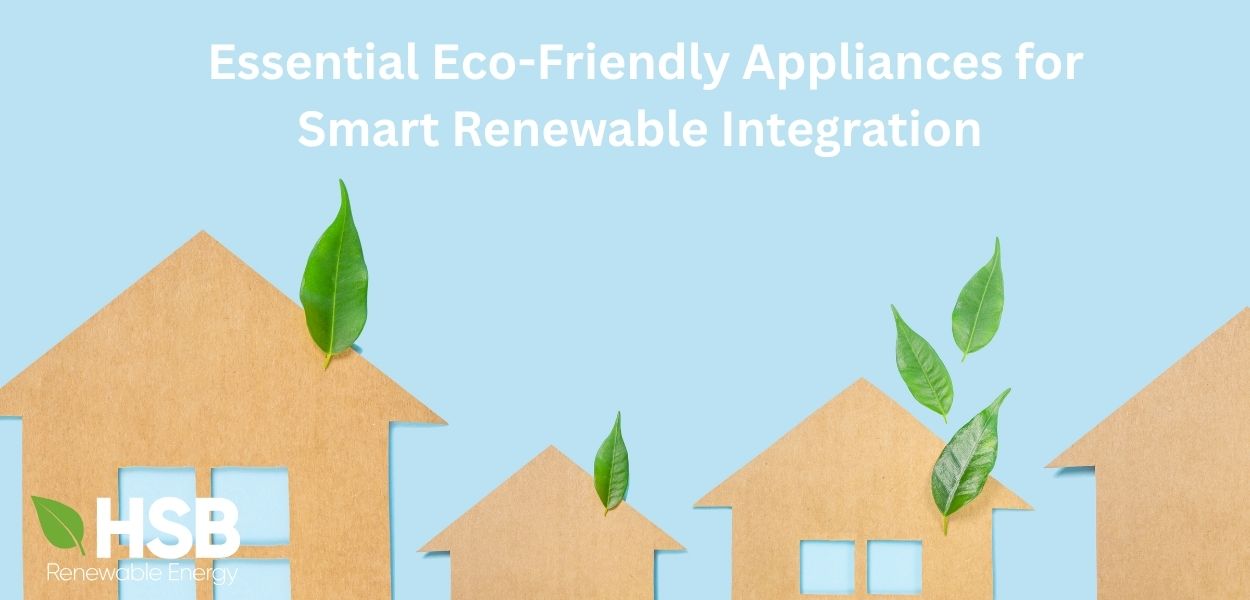
This website uses cookies to improve your experience. We'll assume you're ok with this, but you can opt-out if you wish. Read More
Renewable energy offers 7 major advantages including reduced electricity bills by up to £1,300 annually, environmental benefits through carbon reduction, and energy independence from volatile fossil fuel markets. However, there are 4 key disadvantages such as high upfront costs, weather dependency, and grid infrastructure challenges. At HSB Renewables, we specialise in solar panel installations that help customers overcome these challenges whilst maximising the financial and environmental benefits across North Wales, Wrexham, Conwy, and Chester.
In this article we’ll explore both sides of renewable energy adoption, specifically focusing on solar power solutions that can transform your energy costs and environmental impact. We examine real UK statistics showing renewable sources now generate over 50% of Britain’s electricity, alongside practical considerations for homeowners considering solar installations.
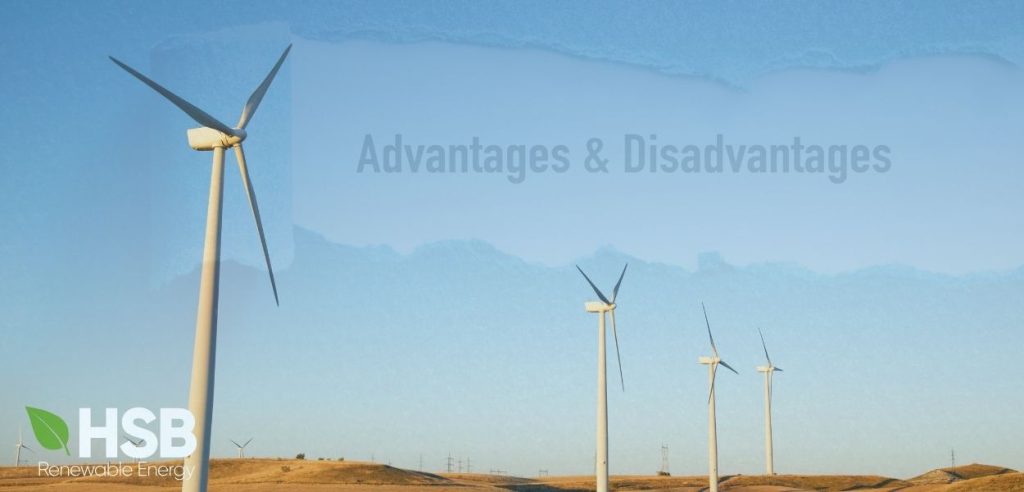
Renewable energy systems can reduce household electricity bills by £700 to £1,300 annually through solar panel installations. The typical 4kW solar system generates approximately 3,600kWh per year, matching the average UK household consumption of 3,500kWh. With current electricity prices at 27.5 pence per kWh, homeowners can save close to £1,000 annually.
We help our customers maximise these savings through properly sized solar installations. Our solar panel systems include access to the Smart Export Guarantee (SEG), where surplus energy exported to the grid earns payments between 12p to 21p per kWh. This means customers not only reduce their electricity purchases but also generate income from excess production.
Solar panels reduce carbon emissions by 1.3 to 1.6 tonnes of CO₂ annually per average household installation. Over a 25-year lifespan, a typical solar system prevents approximately 39 tonnes of CO₂ emissions, equivalent to the emissions from 536 gallons of petrol.
The environmental impact extends beyond carbon reduction. Solar photovoltaic systems require no water for electricity generation, unlike traditional power plants that consume substantial water resources for cooling. Additionally, solar energy produces no air pollutants during operation, contributing to improved local air quality in communities across North Wales and Chester.
Renewable energy systems reduce dependence on imported fossil fuels by generating electricity directly from natural resources. Authoritative sources indicate that fossil fuel generation has declined to 31.5% of UK electricity production, whilst renewables reached a record 50.8% in 2024.
We design solar installations that maximise self-consumption, typically achieving 30-40% without battery storage and 60-75% with battery systems. This energy independence protects our customers from volatile energy market prices and provides greater control over electricity costs.
Homes with solar panels sell for up to 14% more than comparable properties without renewable energy systems. Research demonstrates increasing buyer demand for energy-efficient properties that offer lower utility costs.
Our solar installations meet all MCS (Microgeneration Certification Scheme) standards, ensuring systems qualify for government incentives and maintain property value benefits. The professional installation and certification provide assurance to future buyers about system quality and performance guarantees.
The UK government provides multiple financial incentives including 0% VAT on solar installations until March 2027 and Smart Export Guarantee payments. The VAT relief can save over £1,850 on a 4kW system installation.
We help customers access all available government schemes. The Smart Export Guarantee remains open-ended, providing long-term income potential from surplus electricity exports. Additionally, the ECO4 scheme offers partial or fully funded solar installations for eligible households until March 2026.
Contemporary solar panels operate efficiently for 25-30 years with minimal maintenance requirements. Modern photovoltaic systems maintain 80-90% of original capacity after 25 years of operation, providing decades of reliable electricity generation.
Our installations use premium components with comprehensive warranties. Solar panels generate electricity even on cloudy days, making them suitable for the UK climate. We provide system monitoring to ensure optimal performance and rapid identification of any maintenance needs.
The renewable energy sector supports thousands of skilled jobs across engineering, installation, and maintenance roles. Government investment in clean power could unlock £40 billion annually in mainly private investment, creating employment opportunities throughout the supply chain.
We contribute to this economic growth by employing local installers and supporting regional supply chains. Our projects create direct employment during installation and ongoing maintenance opportunities, contributing to the local economy across our service areas.
Solar panel installations require upfront investment between £6,000 to £12,200 depending on system size and property requirements. A typical 4kW system suitable for 2-3 bedroom homes costs £6,600 to £8,100 including professional installation.
We address this challenge by offering flexible payment options and helping customers understand payback periods. Most systems achieve break-even within 6-7 years through electricity savings and SEG payments. The 25-30 year lifespan ensures substantial long-term savings despite initial investment requirements.
Solar electricity generation varies with weather conditions and seasonal sunlight availability. Panels produce maximum electricity during sunny conditions but continue generating power on cloudy days, albeit at reduced capacity.
We design systems to account for UK weather patterns, using historical solar irradiance data for accurate performance predictions. Battery storage options help capture excess generation during peak production periods for use during lower generation times. Our system sizing ensures adequate electricity production even during winter months.
Grid connection delays affect renewable energy projects, with some facing connection timeframes extending beyond 2030. The UK grid requires significant upgrades, with estimates suggesting three times more transmission infrastructure needed than built in the last 30 years.
For residential installations, we work within existing grid capacity constraints by focusing on appropriately sized systems for household consumption. Our installations typically connect to local distribution networks rather than requiring major transmission upgrades, minimising grid-related delays for homeowners.
Solar installations require adequate roof space, with typical systems needing 20-40m² depending on capacity requirements. A 4kW system requires approximately 27m² of suitable roof area.
We conduct comprehensive site surveys to optimise available space, considering roof orientation, shading, and structural suitability. Our design expertise maximises electricity generation within space constraints, ensuring efficient use of available installation areas across different property types.
Achieving maximum sustainability and energy bill savings requires integrating high-impact renewable generation with efficient daily consumption. In our dedicated guide to the 20 Essential Eco-Friendly Appliances for Smart Renewable Integration, we detail how upgrading appliances—from A-rated fridge-freezers to heat pump tumble dryers—unlocks their full potential when powered by free, self-generated energy. As specialists in Solar PV and Air Source Heat Pump installations, we ensure your home’s foundational energy systems are optimised to power these modern devices, enabling UK homeowners to move away from expensive grid electricity and realise proven annual savings that can exceed £1,000.
The primary benefits include substantial financial savings, with typical Solar PV installations reducing annual electricity costs by approximately £700, and significant environmental gains, such as saving up to 2,900 kilograms of carbon emissions annually.
Renewable energy installations, such as those we specialise in, provide dual benefits for homeowners. The financial advantage comes from generating energy that displaces expensive grid electricity, leading to proven annual savings reported by energy authorities. The environmental benefit is demonstrated when transitioning from high-carbon fossil fuels, such as replacing an older, G-rated gas boiler with an Air Source Heat Pump. This transition contributes directly to the UK’s net-zero targets.
Solar PV systems offer financial profit after they reach their return on investment (ROI) in around 10 years; given their expected lifespan of 25 years or more, this provides over 15 years of free, profitable energy generation.
While the initial cost of a renewable system is substantial, the long-term financial structure is highly favourable. Cost analyses from reliable sources indicate that after the system has paid for itself—typically within a decade—the homeowner continues to receive energy for free for the remainder of the system’s life, which can exceed 25 years. This longevity guarantees a substantial profit margin generated entirely by clean energy.
The principal challenge is the initial capital outlay, with major installations like Air Source Heat Pumps averaging £12,000; however, this cost is mitigated by government grants, such as the Boiler Upgrade Scheme, which provides up to £7,500.
The transition to low-carbon technology requires an initial investment which can be a barrier for many homeowners. For example, an average Air Source Heat Pump installation can cost around £12,000 for a 3–4 bedroom house. We help address this challenge by guiding customers through available governmental support. The UK Government’s Boiler Upgrade Scheme, which provides a grant of up to £7,500, significantly reduces the required capital, making the long-term financial benefits more accessible and achievable for eligible properties.
We offer comprehensive solar assessments showing realistic payback periods and lifetime savings calculations for each customer. Our transparent pricing includes all installation costs, system components, and ongoing warranty coverage.
We help customers access government incentives including 0% VAT and Smart Export Guarantee registration. Our detailed financial analysis demonstrates how solar installations provide long-term value despite upfront investment requirements.
Our system designs account for local weather patterns using decades of solar irradiance data for North Wales and surrounding areas such as Chester and even Wirral. We provide realistic performance estimates based on actual UK conditions rather than idealised scenarios.
Battery storage options allow customers to store excess daytime generation for evening use, improving system utilisation. We offer monitoring services to track performance and identify any issues affecting electricity generation.
Our experienced team manages all grid connection requirements, working directly with local distribution network operators. We handle application processes, technical documentation, and compliance requirements for seamless installations.
Our established relationships with network operators help streamline connection processes for residential customers. We ensure all installations meet grid connection standards and export licensing requirements.
We conduct detailed site surveys using satellite imagery and on-site assessments to maximise electricity generation within available space. Our design process considers roof pitch, orientation, shading analysis, and structural capacity.
We offer various panel configurations and mounting options to suit different roof types and space constraints. Our expertise ensures optimal system performance regardless of property size or roof characteristics across Wrexham, Conwy, Chester, and North Wales.

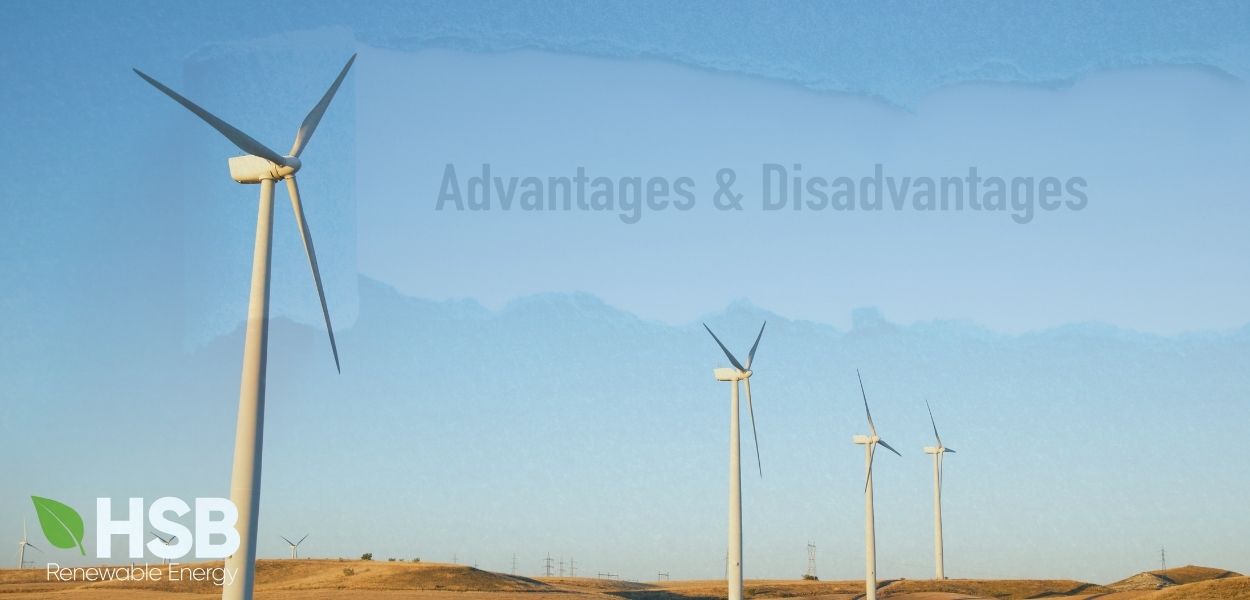
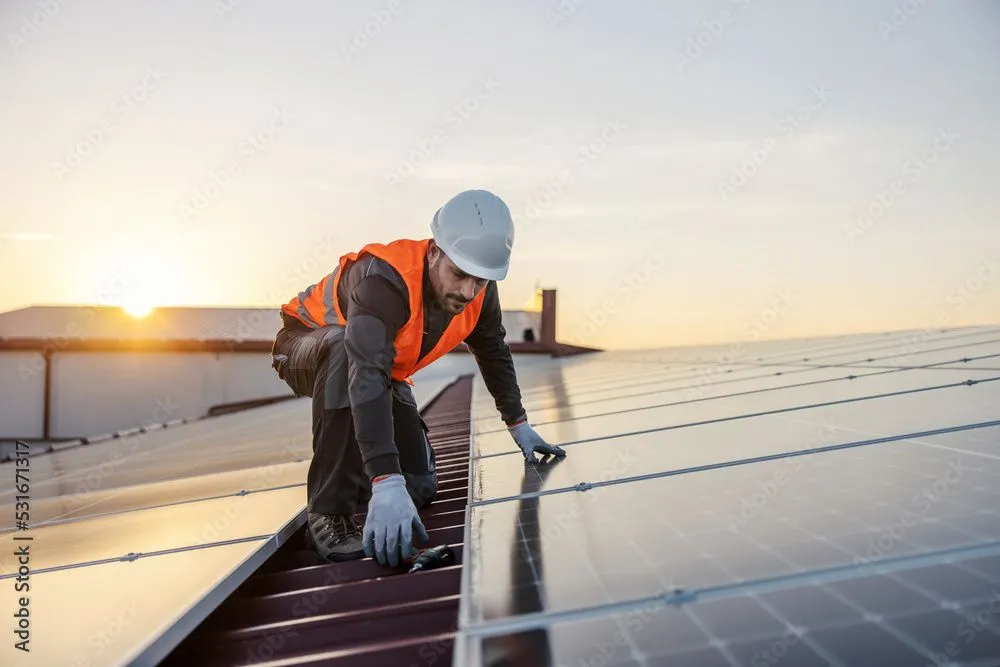
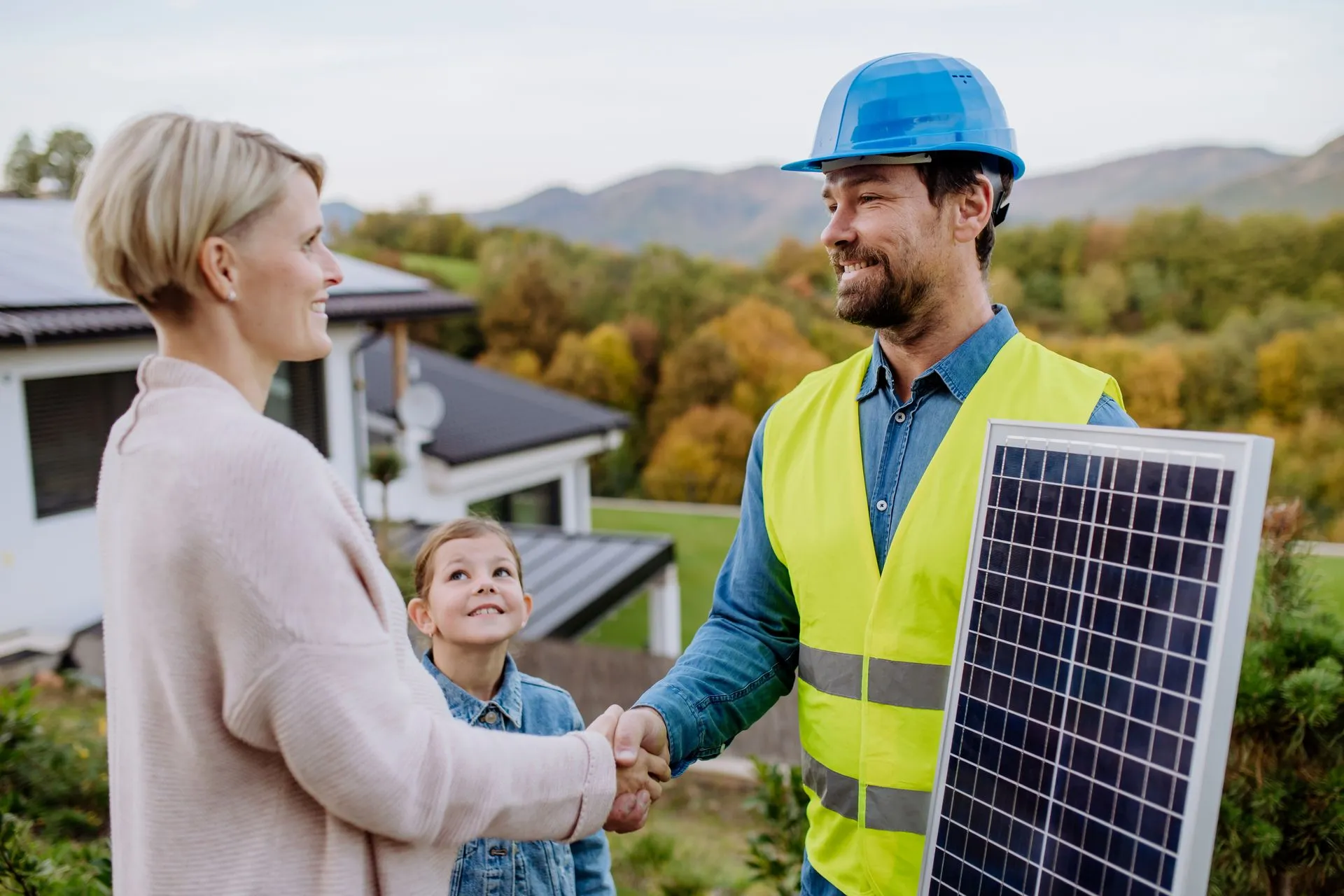
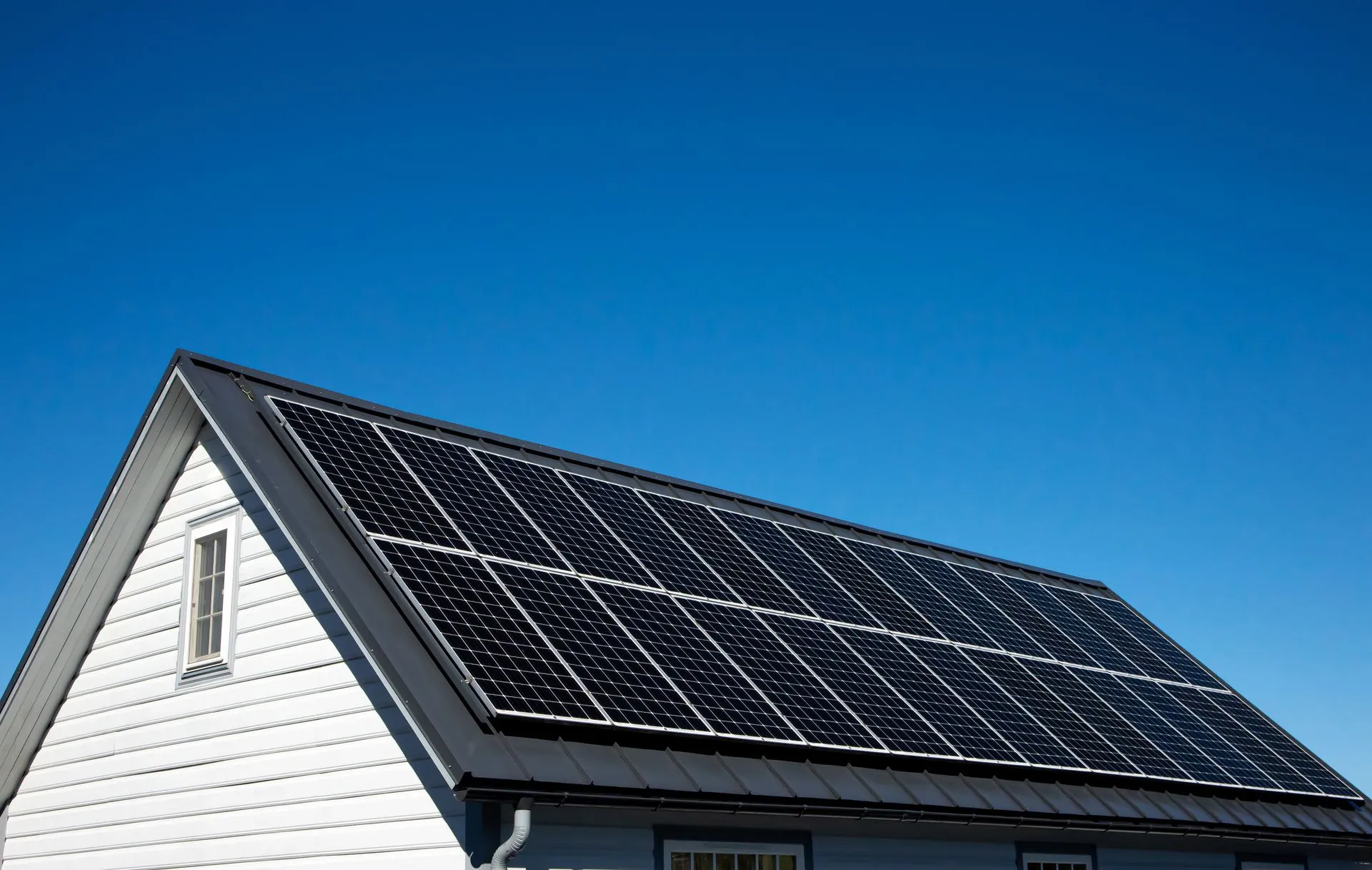
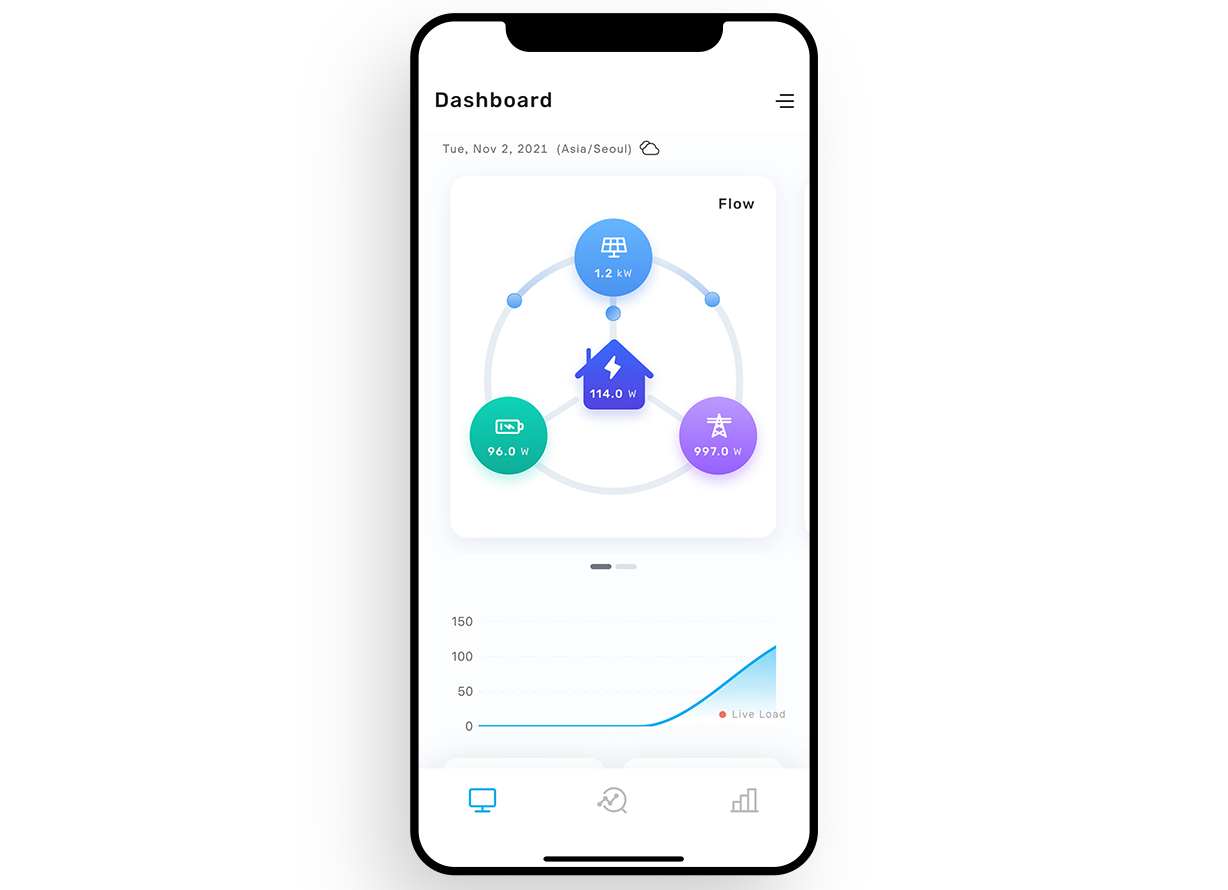
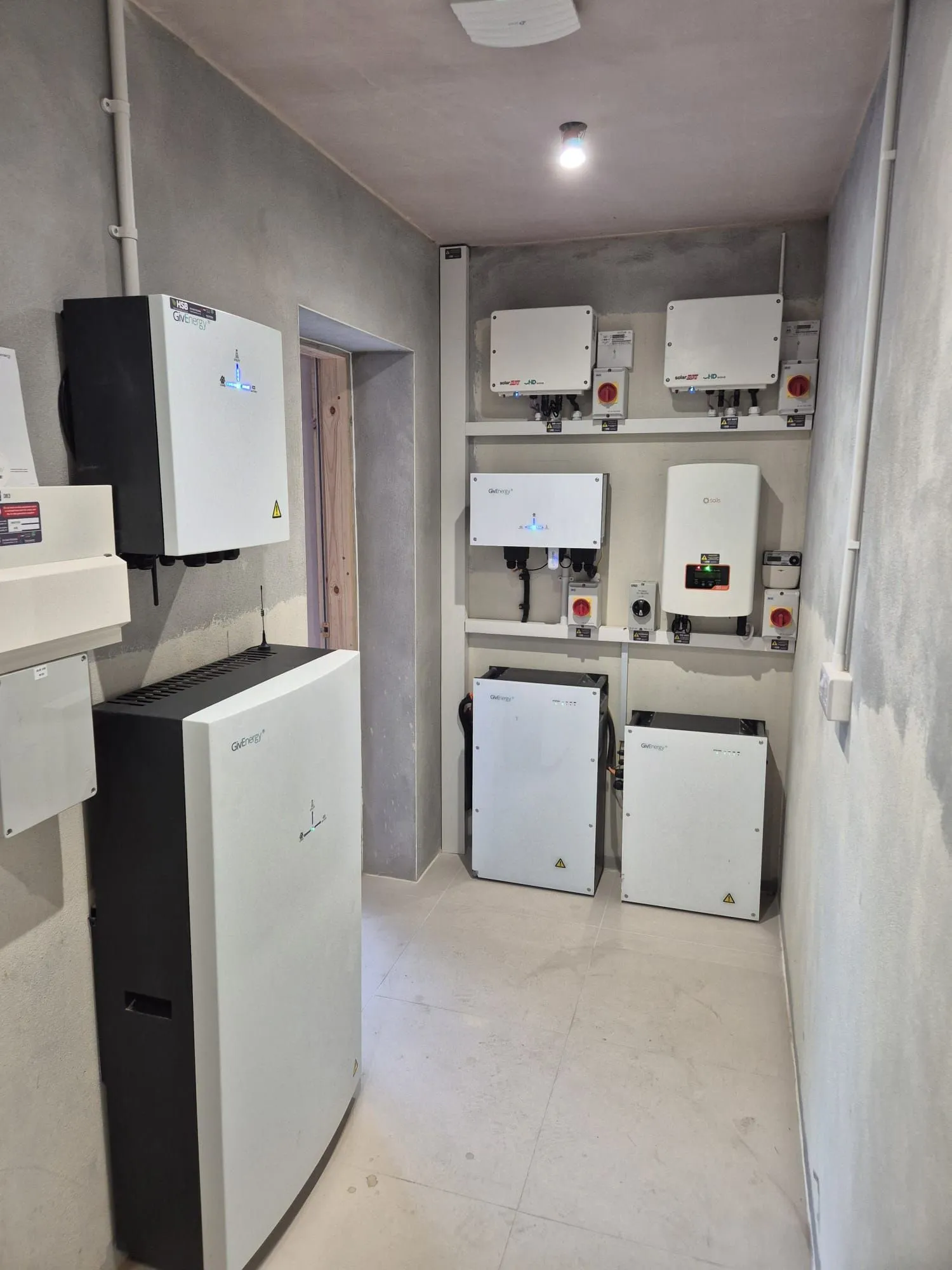
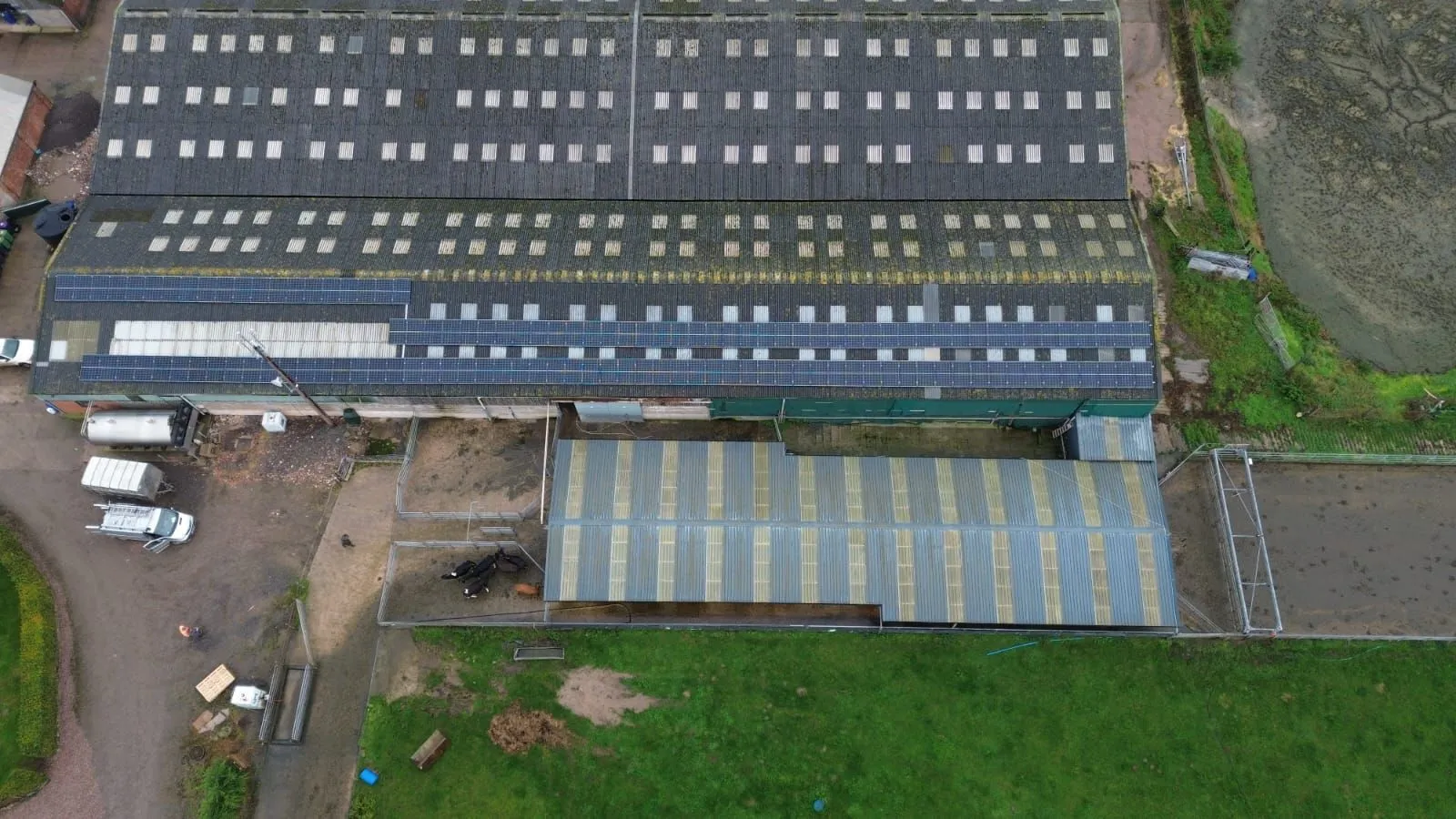

© 2025 HSB Renewable Energy Ltd | All Rights Reserved
HSB Renewable Energy LTD Unit 1, Pendle Court Evans Way, Shotton, Deeside CH5 1QJ